Sri Lanka is a
country that has long history. When studying these history, it is essential to
study about the coins. In different eras people use different coins. Because in
different period of time Sri Lanka is governed by different nations. Although
small in size, a coin has the ability of giving information about the economic
and cultural history of our country. We can take evidence about the coin from “vansa katha”, ancient texts and letters
as well as in archeological evidence.
Sri Lanka’s
currency can be categorize based on following eras.
- Anuradhapura era
- Polonnaruwa to kotte era
- Kandy era
- Colonial era
- Post-independence period since establishment of the central bank of Ceylon.
0 01. ANURADAPURA ERA
Anuradhapura
is the first kingdom of our country. In this era people use following coins.
Kahapana – the earliest unit of currency
known in the island is referred to as a kahapana. They
are called puranas in Sanskrit and eldings in English. These kahapana had been in use in Sri Lanka from 3rd century B.C to 1st century A.D.
are called puranas in Sanskrit and eldings in English. These kahapana had been in use in Sri Lanka from 3rd century B.C to 1st century A.D.
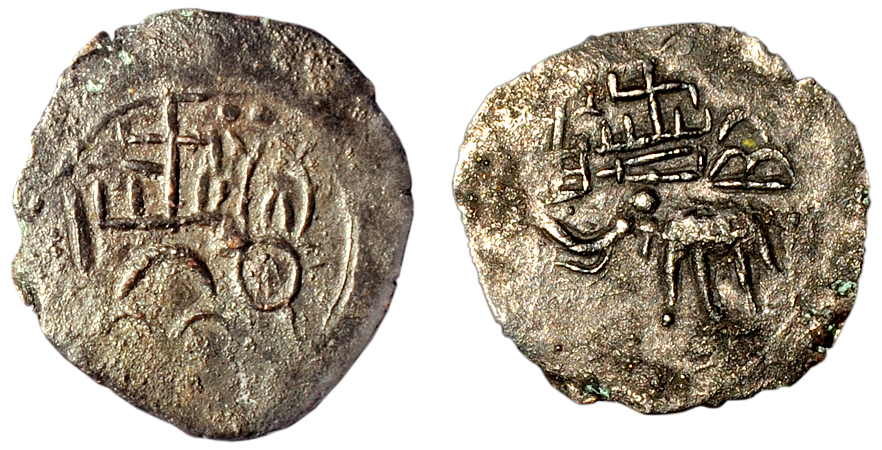 Swasthika coins – apart from the
kahapana coins with its many markings, other type of coins were also used
during this era. The trusker and swasthika coins are such a coins. It is a
small copper coin.
Swasthika coins – apart from the
kahapana coins with its many markings, other type of coins were also used
during this era. The trusker and swasthika coins are such a coins. It is a
small copper coin. Maneless lion coins – this is also a copper coin. There is an image of lion in one side and other side, there are three or four dotes. It like that these dotes are indicated the value of the coin. These cions can be found from Anuradhapura and northern regions of the island.
Kahavanu or
Lankeshvara coins –
A Sinhalese gold coins called as kahavanu. On the face of the coin there is a
human figure standing on a lotus stem.
Foreign coins to Anuradhapura - Sri Lanka was a functioning naval base in the past comes from the foreign coins used during the Anuradhapura era. A great number of Greek, Roman, Chinese, Arabic, Indian coins used in international trade were found in Anuradhapura, Mihintale, Sigiriya, Kurunegala, Matara, Akurugoda and Badulla.
Massa coins
In this coins’ face we can see the name of the king who
were in that era. The practice of engraving the name of the King on coins continued
from the beginning of the Polonnaruwa era until the end of the Dambadeni
era.
Lion coins- A
special feature can be seen on coins bearing the name of King Parakramabahu VI.
There is an image of a lion to the right of the human figure that appears on
the face of the coin.
Cetu coins- This coins was issued in the 13th century under
the rule of king Aryachakravarthi who ruled in Jaffna. This coins is
mostly similar to the Dabadeni mssa coins. This coin is made of Copper. There
is an image of a cow on one side and a standing figure on the other.
Lion Coin – Parakramabahu VI
Lion Coin – Parakramabahu VI
04. KANDY ERA
Kandy
was the last capital of the Sinhala monarchy. In this era people used Angutu
Massa/Koku Coins/ Laarin, Dambadeni kasi, Salli, Indian ‘Waragama’, Tuttu, Panama,
Tangama. By the end of the 16th century, two
types of Silver coins ‘Ridi (Massa)’ and ‘Panama’ came into use. In this
era “Ran panama” and “Ran masa” are also used. At the same time, the copper
coin ‘Salli’ was also used for transactions.
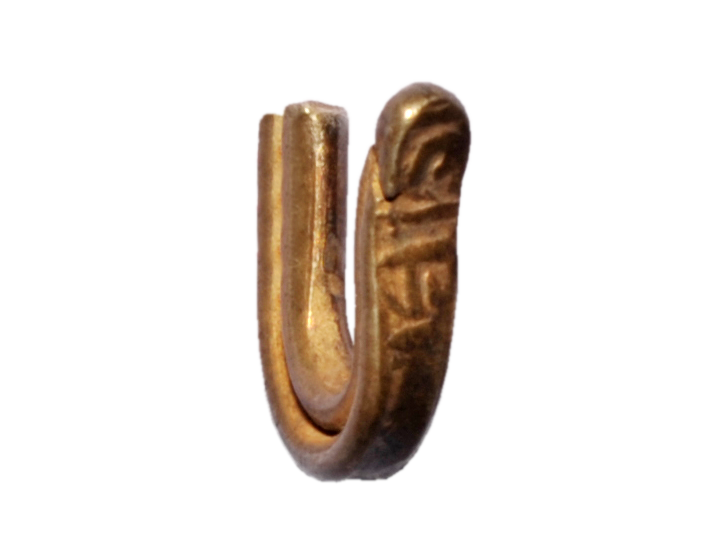
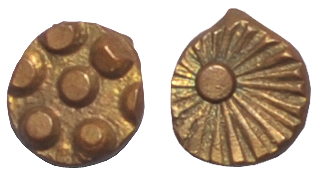 Silver Larin - Waragama Coin
Silver Larin - Waragama Coin

 Silver Larin - Waragama Coin
Silver Larin - Waragama Coin05. COLONIAL ERA
As a result of
Sri Lanka was colonized by the Portuguese, the Dutch and the English
respectively, we were able to make profits through
international trade (via the Silk Road), win praise and maintain our splendid
international reputation. Also in this era people used,
- COINS USED IN PRUTHUGUESE PERIOD
Malakka - Silver
|
|||
Ginimassa - Silver
|
|||
Panam (Gold/Silver)
Rix dollar - Duits
from
zeeland – Hollandise coins
Coins from Utrecht
– coins from west freaseland
|
THE FIRST BANK NOTE
The first bank note
was introduce by the Dutch in final year of the 1700s. The birth of the bank
note took place against backdrop. On March 19, 1785 banknotes equivalent
to 25,000 Pathaga were authorized for printing. Sri Lanka’s first series of banknotes was issued on the 10th of
May, 1785. The first notes had values equivalent to 50, 100, 500
and 1000 Pathaga.
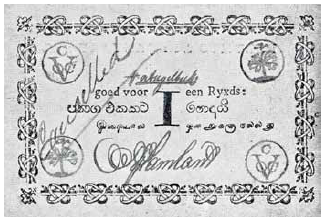 Banknote equivalent to one 'Pathaga'
Banknote equivalent to one 'Pathaga'

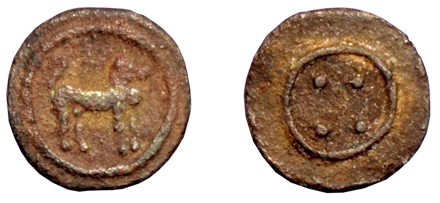
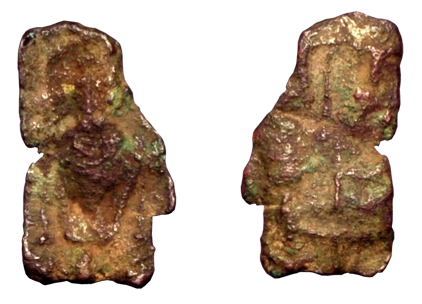
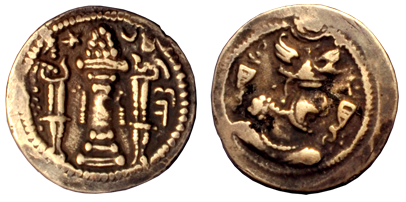
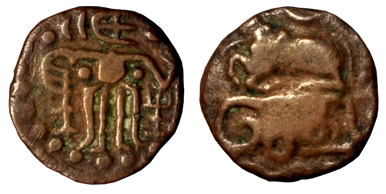

Good job. Keep it up.
ReplyDeletegood job. keep it up
ReplyDeleteThanks sharing these information with us
ReplyDeleteValuable information thnks for sharing
ReplyDeleteGreat 👍
ReplyDeleteGood job
ReplyDelete